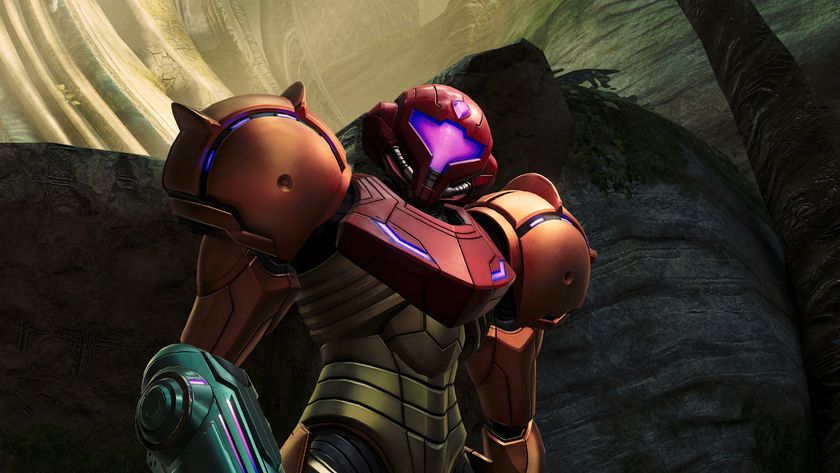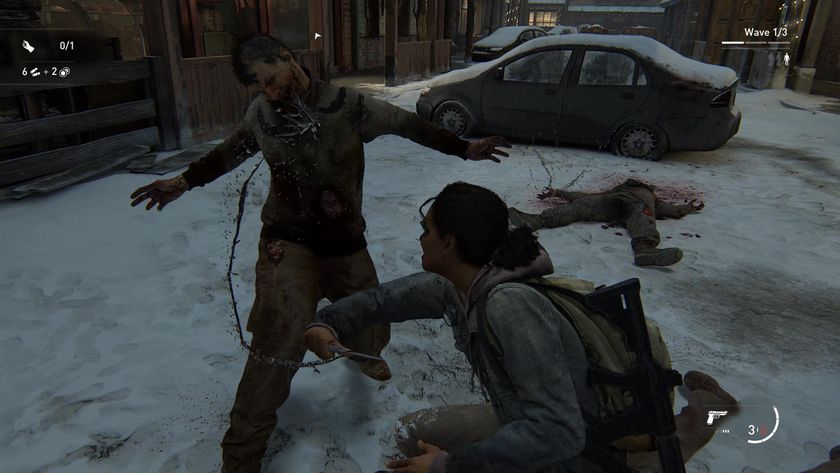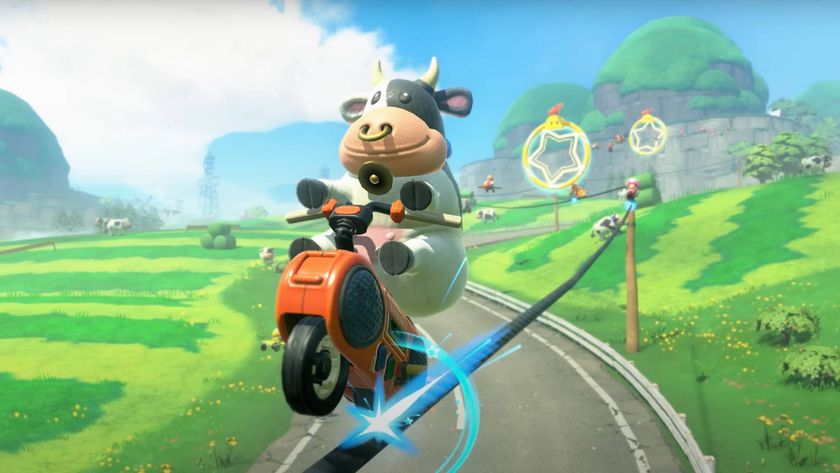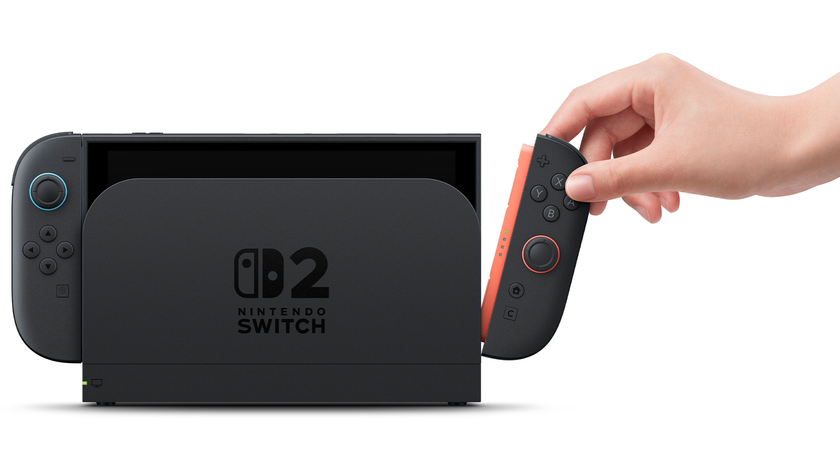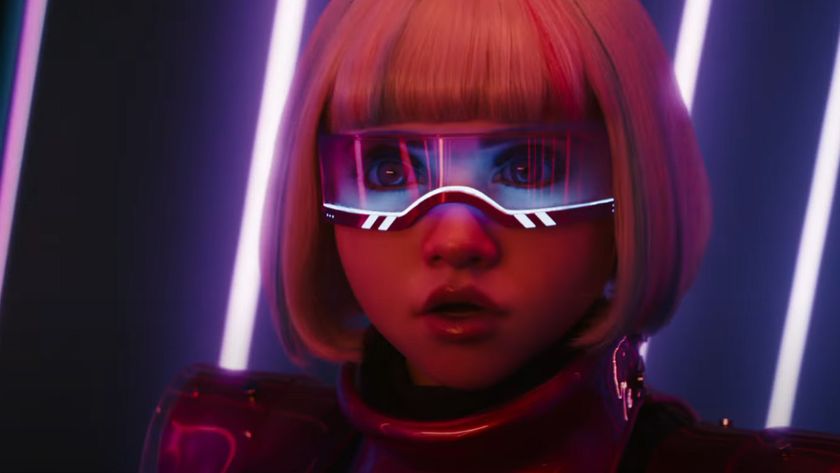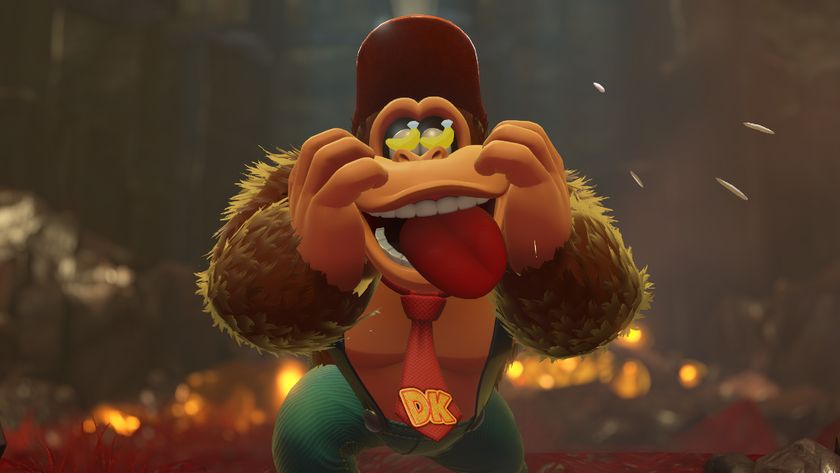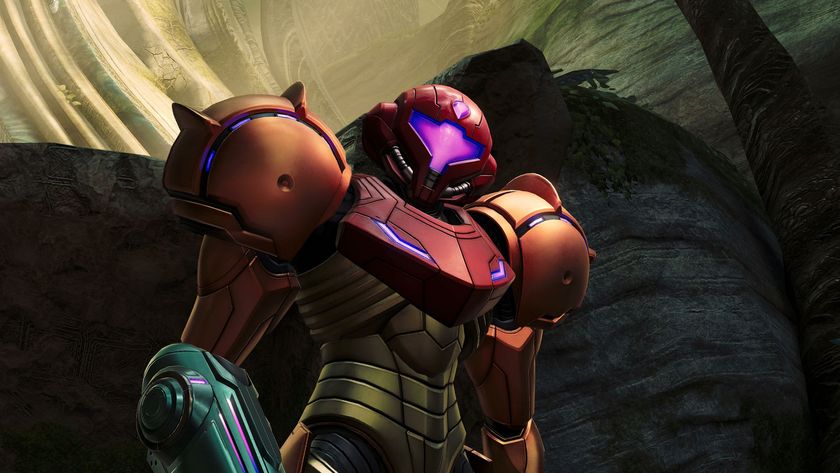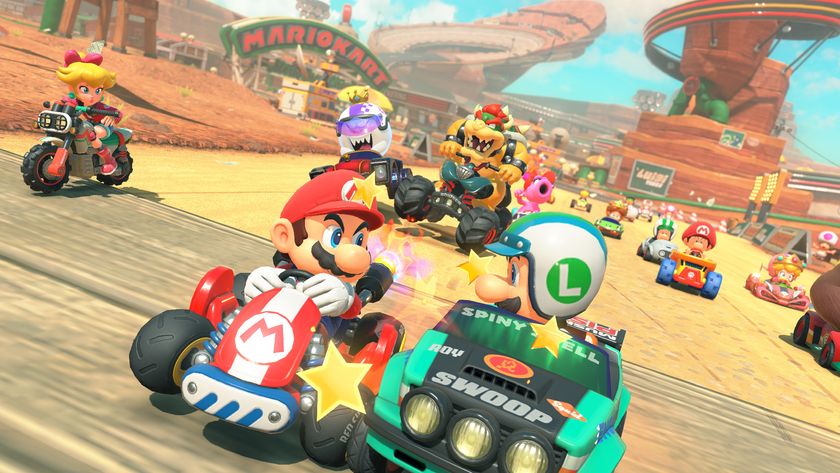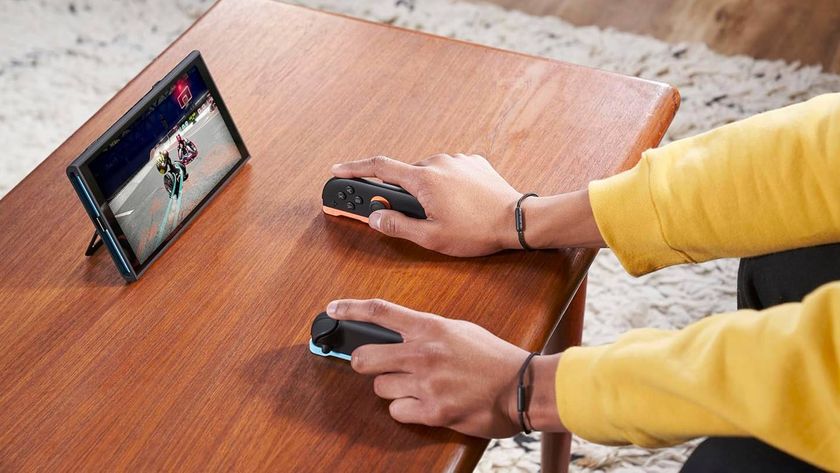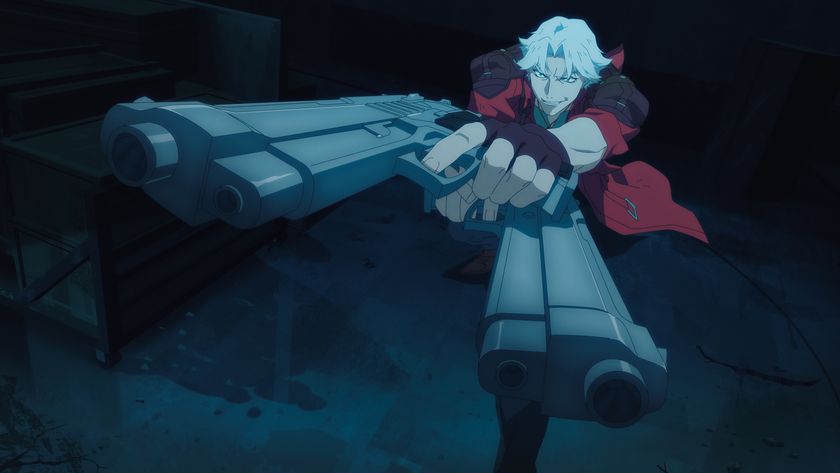With GTA 6 taking us back to Miami, here's how the original GTA Vice City came to life
Holiday Long Read | How Grand Theft Auto Vice City went from a reskin to a revolution for the GTA series
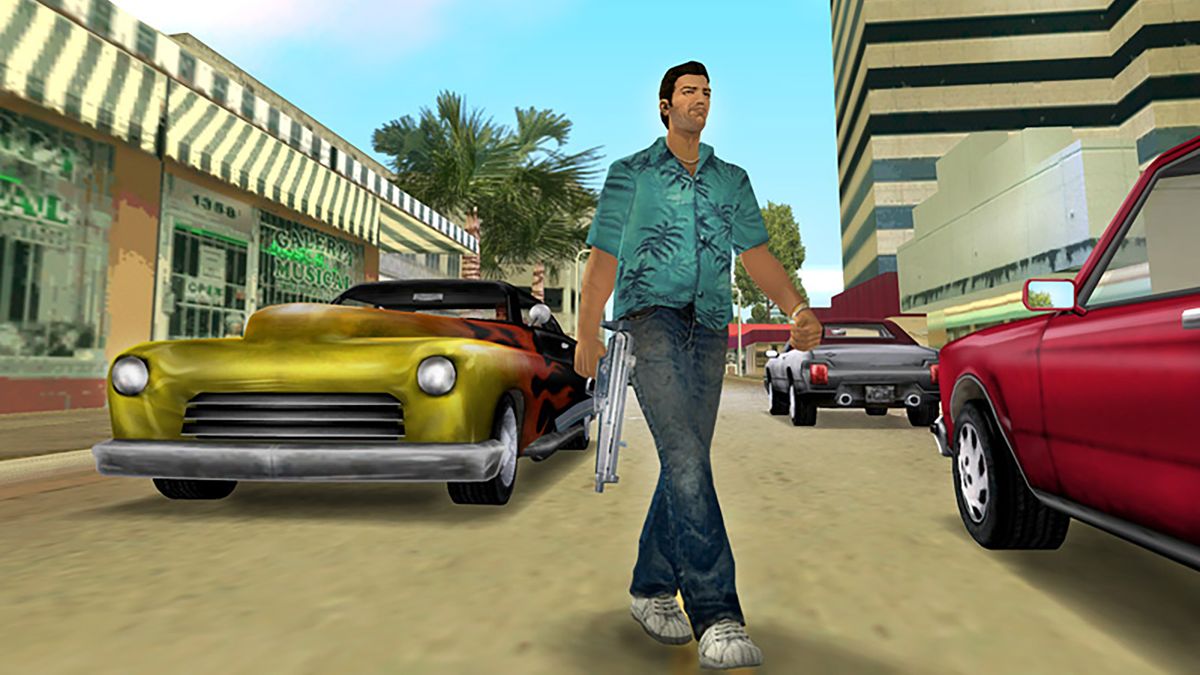
Through the eyes of a retro lover, Grand Theft Auto must be such a curious franchise. For those truly devoted retroists, the original pair of PlayStation games that started life as Race ‘N’ Chase feel a world away from the massive blockbusters that dominate the gaming industry for a few months each time a new one is released. Gone is the gouranga and the dedicated fart button and in its place are narrative-driven crime operas with complicated characters, high-stakes missions and cover-based shooting.
You could argue that Grand Theft Auto 3 was the turning point, given the fact that the runaway success of this technical showcase of what the PS2 could do for gaming essentially caused an entire industry to pivot. But ask anyone what their favourite PS2 GTA game is and you perhaps won't get GTA 3 as the answer. Vice City, with its unique mix of aesthetics, audio and cinematic feel to the story built on top of the technical achievement of its forebear, and in many cases it's the one that gamers around the world will remember the most fondly.
But interestingly, Vice City wasn't even planned as a full-blown release at all. At some point in 2000, the original Dundee office of Rockstar closed, and with it the teams merged into the Edinburgh studio to form Rockstar North. Essentially this was two teams, one that had made Body Harvest for the Nintendo 64 and another that had created Space Station: Silicon Valley.
"There was no direction from anyone," says Obbe Vermeij, who was the technical director on all the Grand Theft Auto games from GTA 3 right through to the final GTA 4 expansion pack. "So we started doing our own little prototypes. I worked on a fun little racing game with spheres, and there was a team of a couple of guys that worked on a Godzilla game. Basically, there was no direction. And at some point, Leslie Benzies and Aaron Garbutt decided, 'Well, you know, maybe we'll start working on GTA 3, because we sort of have that licence.'"
Extra missions
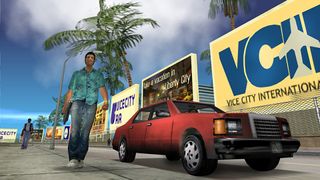
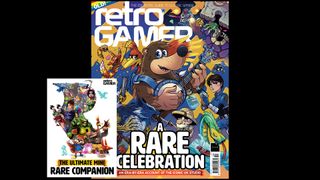
This feature originally appeared in Retro Gamer magazine. For more in-depth features and interviews on classic games delivered to your door or digital device, subscribe to Retro Gamer.
What ensued was two-and-a-half years of intense development and hard work to ship a game that would go on, not only to be a new technical barometer of what could be done with 3D worlds in gaming, but was a massive success for the company having sold 6 million copies in its first year and grew to over 15 million in its lifetime. It thrust the newly coined Rockstar North (having ditched the DMA Design moniker) into a household name, not only for the popularity of the game but also for the headlines of hate that shone a spotlight on the violent, killing- spree-infused PS2 shooter.
"Obviously it did really well," says Obbe, "sort of better than we expected. So at that point, Rockstar New York asked us to do what was going to be essentially an add-on to GTA 3, like a mission pack basically." Initially the idea wasn’t going to be a completely new game at all, but rather a quick turnaround of extra missions and weapons to capitalise on the sudden wave of success that the then comparatively unknown Rockstar Games was just starting to ride.
The plan for the add-on was for a year of development, but as the team worked on it, the game became much bigger, big enough to be a standalone product. "That year on Vice was kind of crazy," recalls Obbe, "particularly for the programmers, because we also had the PC version of GTA 3. Rockstar wasn't famous like it is now, that was like the first game that made it big."
Sign up to the 12DOVE Newsletter
Weekly digests, tales from the communities you love, and more
A lot of the work had already been done thanks to the existing engine used for GTA 3, so the artists started shortly after the end of development on GTA 3 with the programmers coming in later and having only six months to wrap up everything. A large part of what it is that many love about Vice City, and arguably the thing that truly makes it iconic, is its unique setting. Games set in the Eighties even to this day aren’t especially common, but the Miami-in-the-Eighties setting was just a perfect lay-up for the amalgamation of classic gangster movies that broadly tied the story together.
"Well, that was the only thing that was sort of decided firmly at the start," says Obbe. "That sort of came from New York. They sort of said, 'OK, well we think Miami in the Eighties would be a good setting.' So the rest of it was quite kind of organic at the time. The level designers would go and do experiments and they would maybe code like little missions to see if it was fun." Obbe adds that aside from that there wasn’t actually that much that was designed from day one of development, and highlighted the more organic approach to development of the game than was the case in GTA 3.
"I remember halfway through development, one of the level designers came up with the idea to have these locations that you could buy, so you can buy the club and you could buy the movie studio and things like that. And I thought that was a great idea because back in GTA 3, it was just like you worked your way through the story, but it never felt like you owned the city. Whereas in Vice City, you would have enough money and then you would buy the club, and then you'd get missions from there."
Location, location
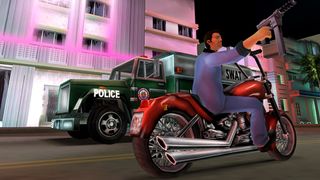
This became one of the major gameplay changes for Vice City, with the game's story unfolding more naturally through the player's decision to purchase businesses throughout the city and interacting with those hired to work in those locations, rather than having a mute protagonist numbly trot along from mobster to mobster.
"Actually, anyone in the company could have an idea and suggest it," says Obbe. "And then the good missions would just survive. Then the script writers, which was half in New York and half with us, they would then find a way to fit that mission into the story. Whereas in the later games, it was more the other way around where the story was written first, and then the missions were sort of fitted into the story.”
Naturally it stands to reason that a design process this "chaotic" (Obbe's choice of word) and a deadline this tight called for a very strict system of tracking and planning, something high-tech that would be able to match the ever-shifting mix of missions, characters and locations. "So, the producer, Leslie Bensies, would have these Post-It notes," says Obbe.
"I can't remember his system, but like, yellow Post-It notes would be characters and green ones would be missions and pink ones would be locations or whatever. And then he had a wall in the design room, and he would constantly be moving them around like, 'OK, so that mission, that has to go a little bit further down. So then we'll stick it to this contact point and then, oh yeah, this, this can move to that location.' He was still moving things around quite late on."
Luckily the team didn't have to worry too much about that tight deadline, since a large portion of the game – at least from a code perspective – was already made. The engine that powered GTA 3 was of course bundled with a few additional extras, but everything worked the same way just with a neon-infused aesthetic. “There's a lot of systems that got tweaked under the hood," recalls Obbe, "like the streaming was always a problem. Adam Fowler, the other technical director, was constantly tweaking that and trying to improve it. But yeah, from a technology point of view, there weren’t that many changes."
Moving to Vice City
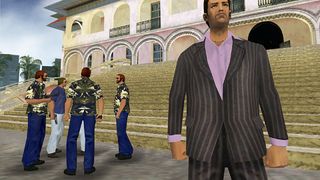
Since the programmers in particular only had six months allocated to working on Vice City, there was "just not enough time to do things". That didn't mean there weren't new additions, however, boats were now drivable, planes had some missions dedicated to them and of course a bunch of new or reskinned weapons. "I would say it's like 90% GTA 3 code, 10% is some add-ons really," suggests Obbe.
It wasn't just the underlying engine work that set the foundation for Vice City, though. Having worked on the earlier GTA 3 for two-and-a-half years meant that, naturally, there were a good number of learnings from that game that were automatic design choices in creating the sequel. "So for instance, when we started GTA 3, there was a really big road going through the first island," recalls Obbe, "and we had to change it because the player could go too fast and then by the time it got to the end of the road, the models weren't loaded in. It was terrible. So we actually changed the layout of the city."
This was helpful when designing the layout of Vice City, since Rockstar knew the various technical limitations that the engine already had. "You could have a big coastal road because then you didn't have to load the models where the sea was, so there would be less streaming issues," explains Obbe. It helped that, at least in terms of the engine anyway, that Vice City wasn't as vast a technical step up as GTA 3 had been for GTA 2, so the programming time could be better split across refining the code as much as adding in new content and features.
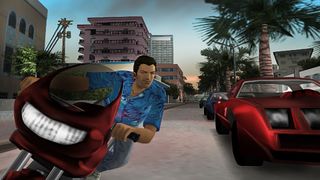
"With GTA 3, we just didn't have that much time." says Obbe. "We just threw everything together and said, 'Yeah, this is gonna have to be it.'" It's not a surprise given the short turnaround that Vice City was not such a dramatic shift, but the changes that were there were critical to pushing it out from the shadow of the technical achievement that was GTA III and out into its own success. A large part of that was the story and the setting which, more than earlier games, the player could actually feel a part of.
"Looking back, GTA 3 was a good game and everything, but it didn't have any sort of personality," admits Obbe. "I think that's because GTA 3 was made up of more technical people, artists and just more gameplay people, whereas the people in New York are more concerned with style and story."
So when Ray Liotta got on board to voice player character Tommy Vercetti, the quality of the story could stand out quite a bit more. Then with the likes of Danny Dyer, Burt Reynolds and Jenna Jameson and many others all on board for various roles in the game, it became a more serious effort than GTA 3's narrative.
Vibes
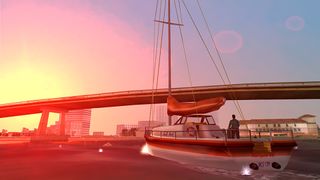
This all came from the New York studio, which was managed by the Houser brothers, who were the guiding vision behind the story and the vibes that would ultimately go on to transcend Vice City into the hall of fame. "I do remember it being an awful lot of fun when I started working on it, because just changing a few little things completely changed the vibe of the game," says Obbe.
"I did the code for the weather, so GTA games cycle through weather and it's just a list, so it's sunny, cloudy, cloudy, rain, foggy, foggy, whatever. It was just one table of numbers and in Vice City I changed it purposely, cause in Miami it's just sunny, sunny, sunny. And it completely changed the vibe of the game. It was just, you know, five minutes of work."
Obbe recalls how these things just kept happening, adding moments such as when the artists added neon UI elements and pick-up FX, or when another programmer changed the water from GTA III’s opaque brown to more transparent with waves in Vice. "That had a huge visual impact. It was remarkable how just a few non-technical things made the game just go from grey, boring, GTA 3 to sort of sunny, happy Vice." It had an effect on the final product, too, since while many remember GTA 3 for its technical prowess, they don’t remember quite
as much about the game itself aside from the joy of living within a gritty New York-esque cityscape. Vice City wasn't really an overhaul, but a refining of what came before it, and it was all the stronger for it.
Even with just a year of development, Vice City managed to stand on the shoulders of its predecessor and achieve something far bigger, better and more stylish. "I remember that GTA III was kind of hard work, but it wasn't crazy," says Obbe. "Everybody still went home at seven, nobody worked over the weekends. But Vice City was kind of crazy, because we knew we had a one-year deadline and there were more expectations and there were so many things we wanted to do. That year was probably the most stressful year that I had at Rockstar."
Despite the intense work that the team faced, Obbe still looks back on the project with a great deal of fondness. "It was really a joy to see the game come together because while I love GTA III and essentially it was the same game, with Vice City we were able to do the style and that made it completely different. It's probably my favourite game from the games that I worked on."
This feature originally appeared in issue 250 of Retro Gamer magazine. For more fantastic in-depth features, interviews, and more on classic games, subscribe to Retro Gamer or pick up a single issue today.
